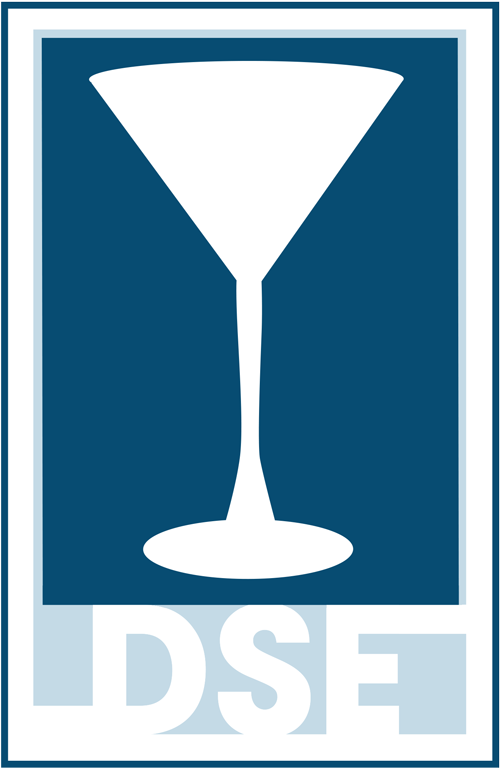2019 U.S. Alcohol Consumption To Increase While Population Growth Stagnates
Source: Forbes
Thomas Pellechia
January 3, 2019
In an abstract titled, “Alcohol Consumption in the United States: Past, Present, and Future Trends” published in the Journal of Wine Economics Volume 13, Number 2, James Fogerty and Derby Voon examined “.long-run changes in alcohol consumption patterns for the United States, at the state level, and presents forecasts for per capita consumption of beer, wine, and spirits.”
The research covered from the early 1970s into the first dozen years of the 21st century. It shows that until the early 2000s, the level of U.S. alcohol consumption for beer, wine and spirits had converged among the states; then, the direction began to change: “.since the early 1970s, within the United States, there was a clear trend towards increased convergence in both the level of consumption and the consumption mix.but this trend has not been present since the early 2000s.forecasts of state level per capita consumption suggest a further increase in dispersion rather than convergence.”
Using data derived from a National Institute on Alcohol Abuse and Alcoholism from 1972 to 2002, the researchers claim total per capita U.S. alcohol consumption decreased. Since 2002, the report says, there has been an increase, especially in a few states. Forecasting spirits, North Dakota, Iowa, Delaware, Oregon and Idaho are on a per-capita consumption rise. Per capita wine consumption is expected to grow highest in Delaware, West Virginia, Massachusetts, Idaho and Tennessee . In the near future, beer per capita consumption growth should be highest in South Dakota, Kentucky, Ohio, Florida, Delaware and Tennessee.
The report says, “Delaware stands out as the only state where per capita consumption of all three beverage types is already above average, and where consumption is forecast to increase for all three beverages.the District of Columbia and Florida stand out as states where the consumption of both beer and spirits is currently above average and forecast to increase.”
The report alos points out a few contrary states: “Jurisdictions where consumption is currently low and consumption is forecast to fall for at least two beverage categories are: Arkansas (spirits, wine, and beer); Arizona (wine and beer); Kansas (spirits and beer), Nebraska (spirits and wine), and Oklahoma (spirits and beer). ” But what might be behind the forecasted consumption increases?
According to the research, “.no systematic correlations were found between alcohol taxes (or other alcohol policy settings) and forecast future consumption changes.” In fact, the research found that forecasted spirit consumption increases will take place in jurisdictions where alcohol taxes are highest, compared to jurisdictions with constant or decreasing consumption forecasts. With beer, “taxes tend to be lower in jurisdictions where consumption is forecast to increase.” Wine shows “no relationship between tax rates and the forecast consumption change.” The researchers caution, however: “.the associations identified here are correlations only, and do not identify causation.”
Still, in the aggregate, the report shows that state alcohol excise taxes have fallen since 1991 (beer by 30%, wine 27% and spirits 32%). Lower taxes means lower overall prices, and that could very well be an engine behind increased consumption.
Increased consumption certainly appears a good sign for U.S. beverage alcohol retailers, but according to an article by Pam Danzinger at Unity Marketing Online (UMO), ” The American population – the number of consumers – is growing less than 1% annually. ”
The UMO article points out that the U.S. population rose only 0.7% in 2016 and 2017; it’s lowest level of growth since 1937. As the oldest generation fades out, the largest generation-nearly 80 million Millennials-are not producing many babies.
More scary for retailers, according to Pew Research, by 2015 the U.S. adult middle class-households with income from two-thirds to double the national median-had fallen over 44 years from 61% to 50% of the population. In addition, the middle class share of the nation’s aggregate income fell from 62% in 1970 to 43% in 2014.
In the end, modest rising beverage alcohol consumption is likely to rely a lot on price. At the same time, because of a diminishing population, the market may be serviced by fewer retailers, which concentrates distribution to large chain outlets, making market access more difficult for small producers. The retail picture, at least for wine, may be framed by more direct-to-consumer sales.
